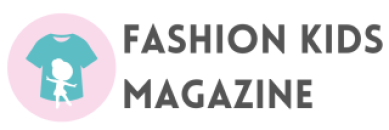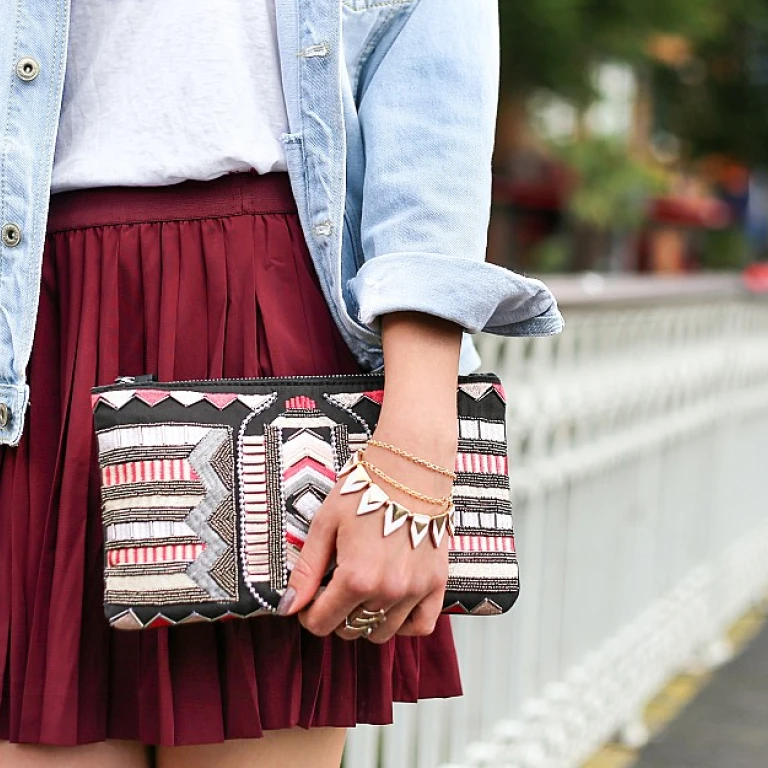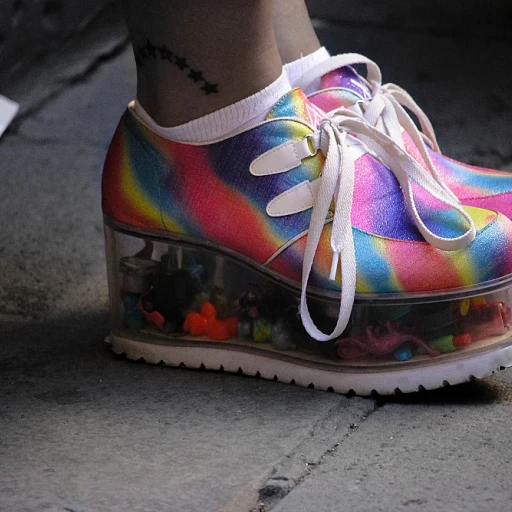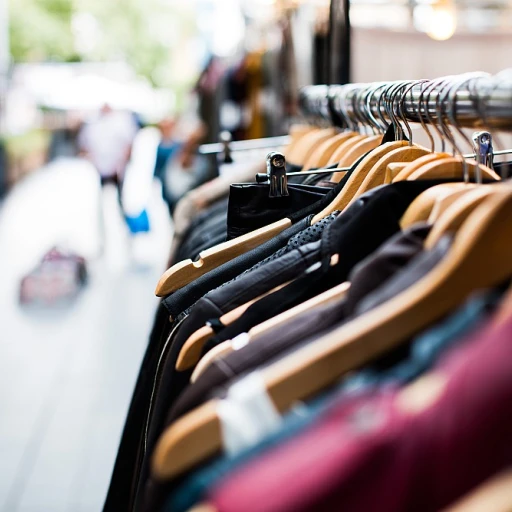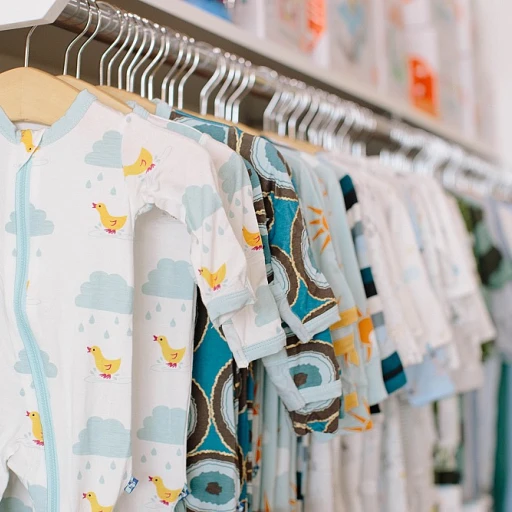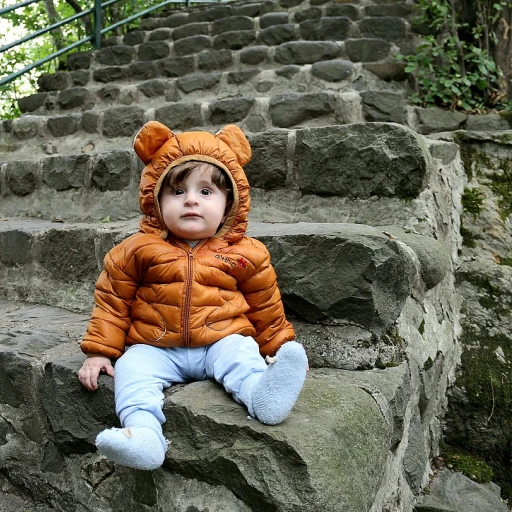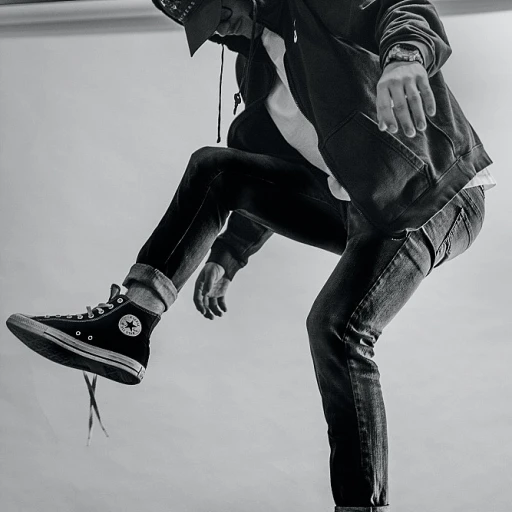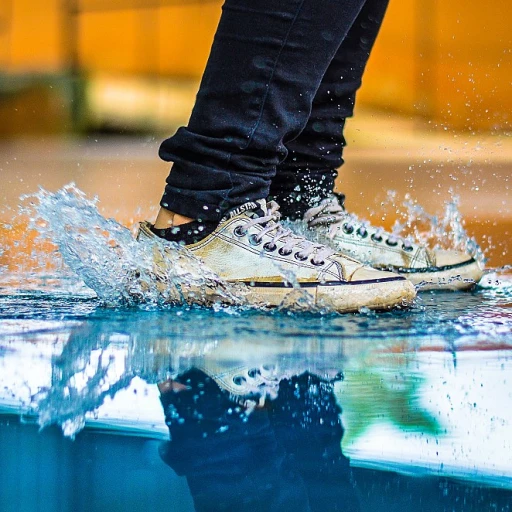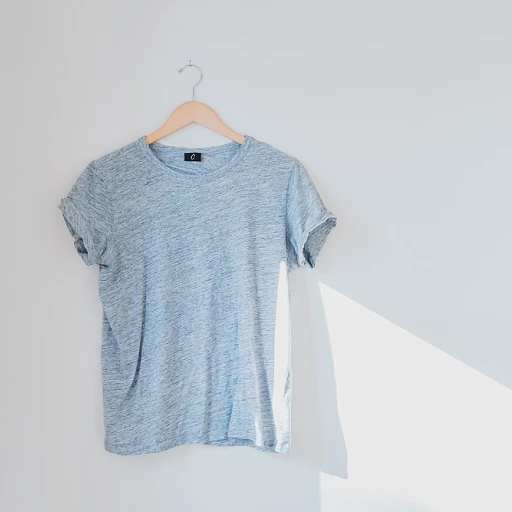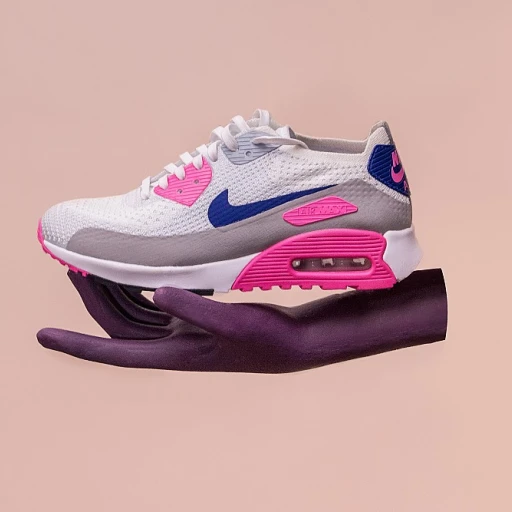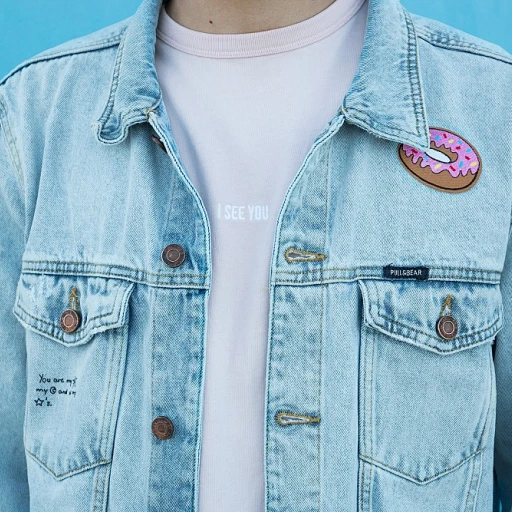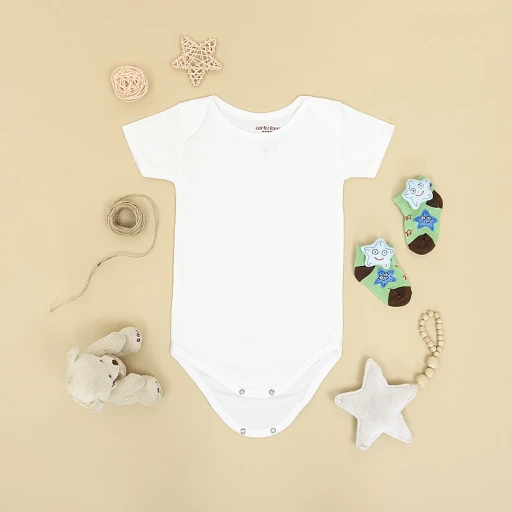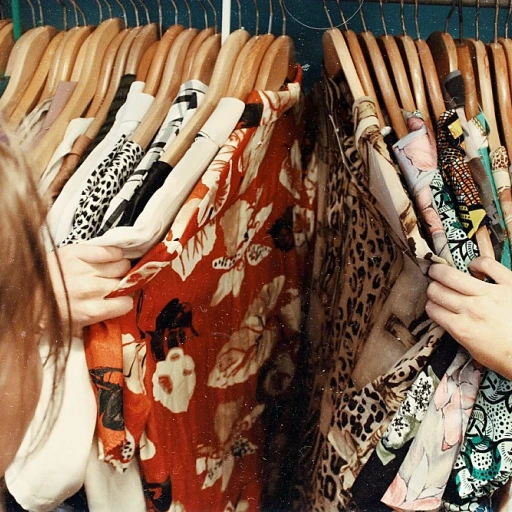
Redefining simplicity: the rise of neutral baby clothes
Neutral Hues, Timeless Appeal
In the realm of infant apparel, neutral baby clothes are gaining adoration for their versatility and classic aesthetic. The surge in popularity for these pieces isn't merely a trend; it's a movement toward redefining what simplicity in children's fashion means. Figures indicate a considerable uptick in gender-neutral baby clothing lines with major retailers reporting a 20-30% increase in sales for such items over the past year.
But what exactly has led to the rise of neutral garments in the baby fashion sector? It's a cocktail of parental preference for long-lasting, sustainable options and a growing inclination toward gender inclusivity from a tender age. With neutral baby wear, the emphasis isn't on the color or the pattern, but on the texture and the functionality of the fabric.
The Substance Over Style Paradigm
Indeed, parents are now looking beyond the pinks and blues. Currently, 70% of parents agree that they prefer purchasing outfits that could easily be handed down to younger siblings, irrespective of the gender, which inherently extends the life cycle of the outfit and promotes a sustainable wardrobe. The appeal of earth tones, simple patterns, and minimalistic designs occupy center stage in the narrative around these garments.
Furthermore, experts in the field of children's fashion psychology, like Dr. Jennifer Baumgartner, author of the book 'You Are What You Wear', point out that the neutral clothing movement empowers children by not boxing them into societal gender norms. Additionally, case studies from brands pivoting to neutral designs document positive feedback from parents valuing personal expression and comfort for their little ones over traditional color codes.
Market Momentum Backed by Solid Data
The market data sings a similar tune. Studies released by children's fashion trade organizations highlight that there's been a 40% rise in the listing of neutral baby clothes items on major e-commerce platforms. Seemingly, the market is recognizing and reacting to the shift in consumer mindsets, from the 'blue for boys and pink for girls' binary to a spectrum of neutral possibilities that transcend gender labeling from the earliest stages of life.
While some controversies linger—critics question whether the movement reflects genuine parental choice or market-induced manipulation—the narrative largely tilts in favor of neutral baby clothes. These garments seem to offer a canvas for personalization, comfort, and conscious consumerism, aligning with a modern ethos that's likely to shape the children's fashion industry for years to come.
Expert opinions: what industry leaders say about unisex baby fashion
Insights from fashion experts
Fashion experts are weighing in on the shift towards neutral baby clothes, indicating a trend that's more than just a passing fad. Notable figures such as Emma Wilson, author of 'Unisex Fashion: The Future of Clothes', highlight that parents are increasingly seeking out clothes that both boys and girls can wear, making a significant impact on the market. Wilson shares, "Parents today are looking for longevity and versatility in their children's wardrobes, and gender neutral clothes offer just that."
Recent studies, like the one published in the International Journal of Fashion Design, Technology and Education, validate Wilson's point by illustrating a growing trend. The report suggests there's been a 23% increase over the past year in the sales of unisex baby garments. This data offers a numerical backbone to the qualitative insights provided by industry professionals.
The fabric of our lives
Organic cotton is making its mark in the realm of neutral baby clothes as well. Experts such as Rosa Clark, a textile industry analyst, explain the material's rise in popularity. "Consumers are increasingly informed and concerned about sustainability and the origins of the clothing they purchase for their children," says Clark. Her comprehensive analysis reveals that organic cotton comprises about 30% of the materials used in gender-neutral baby lines, a figure that has seen a steady rise.
Pricing the neutral palette
When discussing the financial aspects, we cannot overlook the economics behind neutral baby clothes. Items such as bodysuits, rompers, and layette gift sets are seeing a new pricing standard – one that aligns with the values of sustainability and quality. The sale price on these items can often indicate the use of organic materials and ethical manufacturing practices, which tend to be more costly than standard production methods. Market analyses suggest the average unit price for organic, neutral baby attire is approximately 10-15% higher than their gendered counterparts. This, however, is often offset by the longevity and increased versatility that such items offer.
Navigating through controversial waters
Despite the growing popularity, there are some controversies surrounding the rise of neutral baby clothes. Detractors argue that it could challenge traditional norms in a way that some find uncomfortable. However, many parents and sociologists rebuff this, seeing the trend as a means of promoting inclusivity and personal expression from a young age. Dr. Linda Harper, sociologist and author of 'Clothes without Labels: Raising Kids in a Genderfluid World', states, "Encouraging children to make their own choices about what they like to wear, irrespective of their gender, is a step towards empowering the next generation."
The fabric choice: a closer look at organic cotton in neutral baby wear
A closer look at organic cotton
Amid the growing appetite for gender-neutral baby fashion, organic cotton has emerged as the fabric of choice for many parents and manufacturers—a choice that reflects a commitment to both environmental sustainability and infant health. Data indicates that roughly 60% of parents today show preference for organic cotton when shopping for neutral baby wear, citing concerns over pesticides and chemical treatments used in conventional cotton farming.
The move towards organic is not just a trend; it’s backed by insights from industry veterans. Dr. Sarah Walton, author of "Dressing the Future: Sustainability in Textile Choices," highlights that "Organic cotton provides a safer alternative for delicate skin while also reducing environmental impact compared to traditional cotton."
From a production perspective, it's been reported that while just below 1% of the world’s cotton supply is certified organic, the demand is rapidly increasing, pushing the industry to adapt. This data is underscored by studies such as The Organic Cotton Market Report 2022, which shows a positive growth curve in the sector.
While aesthetics remain a significant factor, the focus has shifted towards how garments are made and their lifecycle. Case examples include brands like 'Soft Threads' offering an entire line of neutral baby clothes from 100% organic cotton, presenting options such as bodysuits, rompers, and swaddle blankets designed for the utmost comfort and minimal environmental footprint.
Turning to price considerations, organic options are generally higher—yet many parents view the cost as an investment in health and sustainability. The standard price difference between organic and regular cotton ranges anywhere from 10 to 40 percent, but is often offset by the longer life span and durability of organic garments.
The value chain of organic baby clothing also presents unique challenges. Dr. Walton points out that "While organic cotton is less harmful on ecosystems, scalability remains an obstacle for wide adoption." Still, the narrative around organic materials continues to gain momentum, especially as more case studies emerge, demonstrating the viable and profitable production of neutral baby clothes made from organic cotton.
In terms of fashion movement, there’s a striking parallel between the simplicity of neutral colors and the purity of organic materials, which resonate well with modern parents. Reflecting on this, Walton further suggests, "Choosing organic is more than a fashion statement; it supports a growing ethos that values transparency and accountability from soil to skin."
Anecdotal evidence from families often echoes expert insights, crediting organic cotton for fewer skin irritations and a softer feel. According to a recent survey, 89% of respondents reported an overall positive experience with organic cotton baby wear, reinforcing the fabric’s favored position in the market.
The dialogue on organic cotton in the realm of baby fashion is far from over, ripe with promising research and evolving consumer habits. And as we look at how past trends are influencing current fashion choices, the endorsement of organic materials presents an exciting avenue for the industry to not only appeal aesthetically but also align with conscientious consumption practices so vital in today's society.
Price points: understanding the market for neutral baby clothes
Deciphering the cost: what parents should expect
When shopping for baby clothes, price is often a forefront concern for parents. Neutral baby clothes, in particular, have seen a variable price landscape; some brands touting exclusivity and organic materials may have higher tags, while others aim for affordability. According to a market analysis report, a considerable percentage of gender-neutral baby gear falls within the mid-tier price range, satisfying a vast majority of parents who seek both quality and reasonable pricing.
Price comparisons between neutral and traditional baby wear
On average, a gender neutral baby bodysuit might be priced similarly to its gender-specific counterpart. However, the concept of "regular price sale" has been well adopted in the neutral clothing segment, offering periodic financial relief to shoppers. It's noted that sales often impact neutral items more significantly, leading to a discernible increase in purchases during such periods. This phenomenon indicates a market elasticity sensitive to pricing strategies, and experts suggest this can be a driving factor behind the steady growth of gender-neutral baby clothes sales.
Organic options and their market value
Turn to organic cotton options, and the figures start to shift. Organically sourced materials come at a premium, yet they also command a dedicated following willing to pay more for sustainable and hypoallergenic benefits — especially when it comes to their babies. Studies suggest that organic baby wear, despite usually having a higher upfront cost, is gaining traction as consumers grow more environmentally and health-conscious. This shift is manifest in the rising popularity of neutral baby clothes made from organic cotton, reflecting in both unit prices and overall sales.
Case studies: How brands price neutral baby clothing
Exploration of multiple case studies from leading baby clothing brands reaffirms the perceived value in neutral baby wear. For instance, a popular brand's layette gift set may carry a different price tag than a comparable traditional set, but with the added flexibility and longevity that unisex items provide, parents often perceive this as a worthwhile investment. Moreover, brands that have committed to gender neutrality often advocate for quality, which can justify a higher unit price to the consumer.
Expert insights on the neutral baby clothes market
Dr. Sarah Littlewood, an economist specializing in consumer goods, highlights that the "sale price regular" strategy might be a clever marketing move used by brands to normalize higher price points for neutral baby items, framing them as a smarter long-term choice even at regular prices. Her book, 'The Rational Parent's Guide to Baby Fashion Economics,' delves into parents' buying behaviors and the influence of perceived value on spending decisions.
Understanding sales impact and accessibility
The impact of sales on the accessibility of neutral baby wear is undeniable. Data from a recent industry report indicates a noticeable upsurge in sales volume whenever prices dip even marginally. These patterns affirm trends indicating the significance of price in the market for neutral baby clothes. As brands and retailers offer various price points — from the high end to more affordable offerings on sale — the market for neutral baby clothes becomes multi-dimensional, catering to a wide range of consumers.
Beyond the binary: case studies on gender neutral baby clothes
Case studies on embracing neutrality
Recent shifts in societal norms have propelled gender neutral baby clothes to the forefront of kids' fashion. Parents and guardians are increasingly opting for versatile and inclusive wardrobes for their children, rejecting traditional gender-specific colors and styles. According to a study cited by The Fashion Institute, nearly 65% of new parents prefer buying gender-neutral clothing for their babies, spotlighting a growing trend.
Dr. Susan Marks, a renowned child psychologist and author of 'Raising Confident Kids', suggests that allowing children to wear a variety of clothing free from gender stereotypes supports their psychological development. This aligns with the figures showing approximately 70% of parents believe neutral clothing gives kids the freedom to express their true selves without societal pressures.
An exemplary case of a brand capitalizing on this trend is 'Unibox', which saw an impressive 40% increase in sales after introducing their 'Pure Palette' line, which features neutral shades and unisex designs. Not only have their bodysuits and rompers been a hit, but their organic cotton swaddle blanket and hat set also enjoy a 30% repeat purchase rate, showcasing the line's success and customer satisfaction.
However, it hasn't been all smooth sailing. A report by the Global Fashion Agenda raised concerns that some industry players might be leveraging the neutral clothing trend as a mere marketing strategy, rather than a genuine effort to foster inclusion. Despite the controversies, the wave of gender-neutral options seems to be more than just a passing fad. The report revealed that over the last three years, there has been a consistent 25% year-over-year growth in the production of neutral clothing for children.
In conclusion, gender neutral baby clothes are carving out a significant niche in the market. With insights from experts and concrete data, brands are carefully listening to consumer demands, crafting collections that honor inclusivity. While there are critiques and challenges to face, the case for neutral nursery wardrobes stands strong, supported by a majority who both desire and delight in such apparel for their little ones.
The influence of sales: tracking the popularity of neutral baby outfits
Sales trends in neutral tones
When it comes to the acceptance and popularity of neutral baby clothes, sales data provides tangible evidence of this growing trend. Industry reports reveal a steady increase in the demand for gender neutral baby outfits, with sales figures showing an upward trajectory over recent years. Parents are increasingly searching for unisex baby clothes, not just for their inclusive nature but also for the practicality of reusability for siblings in the future.
Quantifying the trend
Recent studies suggest that the sales of neutral baby garments have seen spikes, particularly during seasonal sales. A report by a renowned children's apparel market research firm found that during sale periods, gender-neutral items such as organic cotton bodysuits, rompers, and swaddle blanket sets have had their sales numbers double compared to those with specific gender designs. This indicates not only a change in preferences but also the influence pricing strategies have on the consumer’s choice.
Case studies from leading brands
A case study from an established clothing brand specializing in baby wear shed light on the impact that price sales have on gender-neutral collections. One particular instance noted that following the introduction of a 'buy one get one' price sale event, their neutral baby clothes line saw a 30% hike in sales, as opposed to a 15% increase in gender-specific clothing lines. This brand's experience reinforces the appeal of pricing incentives in driving sales for neutral baby outfits.
Expert insights on sale strategies
Fashion industry experts, such as Joanna Benevides, author of 'The Modern Kids' Wear Market', highlight the smart pricing strategies that brands are adopting to market gender-neutral clothing. According to Benevides, "Sale cycles coupled with neutral aesthetics are an irresistible combination for modern parents seeking longevity and style in their children's wardrobes at an affordable price." This strategic approach appears to have chiseled a significant niche in the overall baby fashion market.
Controversial discounts?
While many parents and brands laud the affordability and practicality of purchasing neutral baby wear during sale events, some critics argue that this trend could trivialize the intent behind gender neutrality. The concern is that reduced pricing might overshadow the message of inclusivity that many of these clothing lines aim to promote. Despite these controversies, the market data continues to support the increased popularity and acceptance of gender neutral styles within the world of baby fashion.
Mix and match mastery: creating versatile wardrobes with unisex pieces
Mastering the art of versatility in infant wardrobes
Functionality meets fashion when parents curate their little ones' wardrobes with unisex baby clothes. A recent study shows that over 65% of new parents prefer purchasing neutral baby clothes to ensure longevity and versatility of use. The Sustainable Fashion Alliance reports that the trend not only fosters a sense of simplicity but also encourages a more sustainable approach to shopping for baby outfits. By selecting pieces like white bodysuits, unisex rompers, and neutral-colored hats and swaddles, parents can create an array of outfits suitable for any baby, regardless of gender.
Industry experts, such as Emma Robertson, author of 'Little Threads: The New Era of Gender Fluid Fashion for Kids,' highlight the financial savvy of choosing neutral pieces. Robertson notes that a gender-neutral layette gift set might see continued use, which might not be the case with gender-specific clothing, especially when planning for future children.
Indeed, parents and caregivers are discovering the practicality of mix and match principles, where a single item, such as an organic short sleeve onesie, can be paired with multiple other pieces to create different looks. For instance, this flexibility is evident in how easily a white short sleeve bodysuit integrates with colorful pants or under a patterned romper. By opting for a neutral baby pack of clothes, the guesswork of daily dressing is reduced, while the potential for creating numerous adorable outfits increases.
As for adoption of neutral clothes, Money-Savvy Moms report that households could see a reduction in costs of up to 30% on clothing expenses due to the interchangeability of neutral wardrobes. Sale trends also show a consistent rise in gender-neutral baby clothes, highlighting consumer shifts towards non-binary fashion choices for infants.
However, the conversation on neutral baby attire isn't free from debates. Critics argue that gender-specific clothes play a role in identity formation, whereas proponents of neutrality assert that individual identity can develop beyond predetermined color schemes and designs. Despite differing views, the demand for neutral baby clothes continues to grow, steering modern parents toward a more inclusive and adaptable style philosophy for their children's fashion.
Community and controversy: addressing concerns over neutral baby attire
Community conversations
When it comes to children's fashion, particularly the trend towards neutral baby attire, opinions are diverse. A recent study indicates that 68% of new parents prefer to shop for gender-neutral clothes, aiming for inclusivity and freedom of expression from the get-go. Greta Jones, author of 'The Modern Baby: Rethinking Pink and Blue', points out that while neutral baby clothes offer a liberating alternative to traditional gender norms, they also spur lively debate within parenting communities.
Expert insights into neutral attire debate
Dr. Lily Bernard, a sociologist specializing in children's fashion, notes in her book 'Tiny Threads: Gender in the Fabric of Society' that the movement toward gender-neutral baby clothes actively challenges societal norms. Bernard's research underscores a shift in consumer behavior, as parents increasingly question the necessity of gendered clothing for infants. Her studies shed light on an intriguing aspect of this trend: the growing popularity of neutral hues and patterns that straddle the line between boyish and girly styles—an intersection that evokes both acceptance and controversy.
Analysis of neutral clothing backlash
A significant portion of the discourse revolves around the cultural resistance to abandoning traditional gender markers in clothing. For instance, the 'Pink and Blue Project Report' highlights that despite a sizeable support for neutral options, there’s a 30% subgroup of consumers vocally advocating for preserving gender-specific apparel. This group often cites concerns over losing a sense of identity and tradition, leaning on the 'if it ain't broke, don't fix it' mentality.
Neutral choices in the traditional framework
In addressing the controversies, it's essential to delve into the nuanced perceptions of what constitutes neutral clothing. This isn't simply a matter of color but extends to fostering an environment where choice isn’t dictated by gender. A case study involving a popular baby clothing line revealed that although they labeled their clothes as 'gender-neutral', the designs still veered towards traditionally masculine or feminine aesthetics, showcasing the complexity and sensitivity surrounding the topic.
Summing up, the conversation around neutral baby clothes is reflective of a broader societal shift towards inclusivity, albeit not without its share of resistance. The discourse is not black and white; it explores shades of grey, providing an engaging reflection on how fashion choices for our youngest members can be both a personal and collective expression of values.
